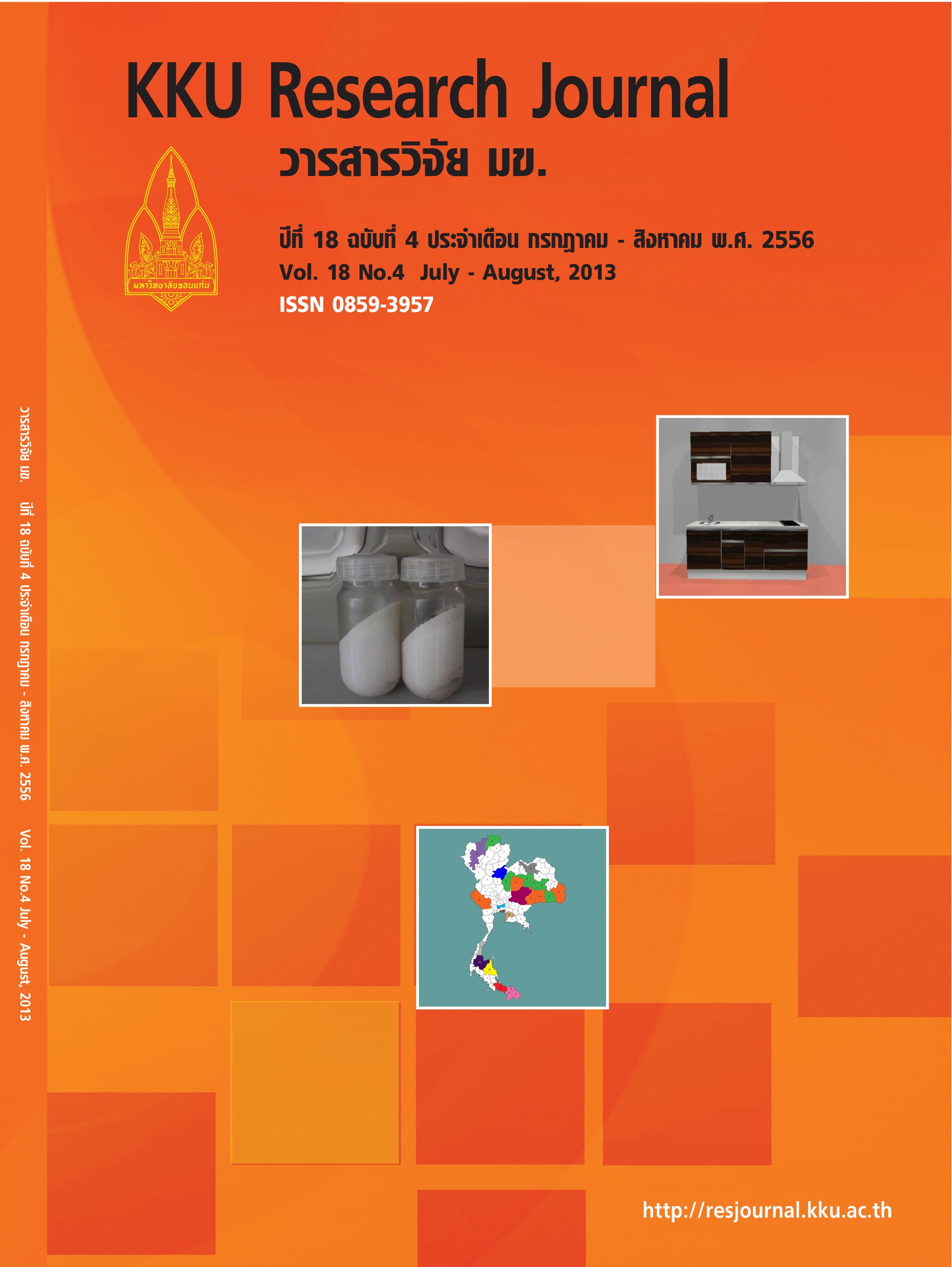Rice straw and green manure: how to incorporate into paddy field in global warming?
Main Article Content
Abstract
Rice is the most important staple food crop for world population. Rice straw and green manure incorporation is the approach that most farmers use to increase soil fertility and rice yield. The global warming is becoming more severe due to the increase of greenhouse gases of which paddy field is one of the major emission sources by human activity. Methane (CH4) and nitrous oxide (N2O) are the major greenhouse gases that are released from paddy field and have more global warming potential (GWP) than carbon dioxide (CO2) by 21 and 310 times respectively. Paddy field can be divided, according to the water access of the farmer, into irrigated and rainfed which affect methane and nitrous oxide emission differently. Quality of rice straw and green manure used for incorporation is another major factor affecting the emission. Paddy field that has irrigation water throughout the growing season is suitable condition for producing methane. Farmers should use green manure that has low C:N ratio. Rice straw used for incorporation should be composted. Rainfed paddy field, with alternate wet and dry conditions, encourages more nitrous oxide emission, thus, low C:N green manure should be avoided. In conclusion, the releases of methane and nitrous oxide in paddy field are influenced by various factors; however, the farmers’ understand on the type of paddy field and the appropriate approach for rice straw and green manure incorporation resulting in sustainable plant residue incorporation in rice production as well as reduce the global warming.
Article Details
How to Cite
Kaewpradit, W. (2017). Rice straw and green manure: how to incorporate into paddy field in global warming?. Asia-Pacific Journal of Science and Technology, 18(4), 697–708. retrieved from https://so01.tci-thaijo.org/index.php/APST/article/view/82909
Section
Research Articles


